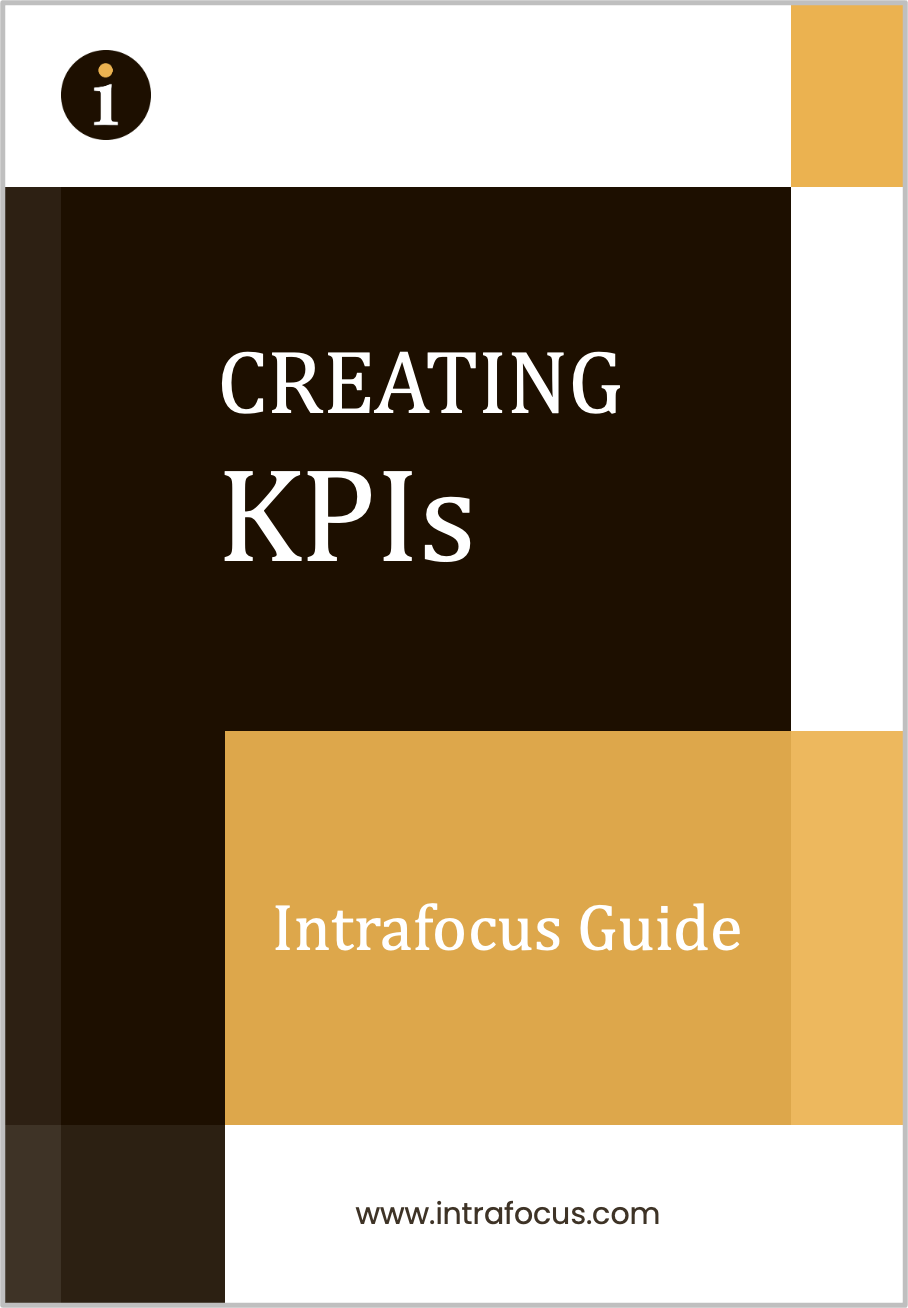Cascading Scorecards to Departments
In this, the second in a series of three articles, we are looking at cascading scorecards to departments; the process that must occur throughout the organisation once the executive team has set the business strategy and defined its top-level scorecard.
In the first article, we looked at the basics of the Balanced Scorecard strategy setting and cascade process and highlighted some of the typical blockers that can derail it within organisations. We also explained that the cascade process will typically take three to four months for a small company, and a year or more for larger organisations – if done correctly.
Now we will turn our attention to the second cascade phase – cascading scorecards to departments. In this stage, each division or department takes the HQ or executive-level scorecard and works to apply it to their part of the business.
Why is the cascade of objectives so essential?
Although the executive team will have created the business strategy and top-level scorecard, this Tier 1 stage is designed to set direction. The next phase, Tier 2, involves the divisions and departments that will ‘do the doing’ and they must plan for the operational impact and activities that will deliver the strategy.
Getting it right
Now, the absolutely essential point of this exercise is to ensure that each departmental scorecard is formulated to contribute to the objectives in the HQ scorecard – whilst preserving the true intention of the enterprise-wide strategy and top-level scorecard.
This may sound like an obvious point, but it can easily be lost in the midst of localised focus and competing priorities. One of the most common errors is when a division takes a customer-facing strategic objective and incorrectly reshapes it into their Tier 2 plan internal customer objective. For example, the top-level strategy may contain an objective to improve external customer experience (with an associated measure of success). However, a division may turn their attention inward to internal customers and incorrectly focus on how they can offer a better internal service to those employee groups – such as by increasing turnaround time for work requests. All of a sudden, the true intention of the strategic objective is lost, and the strategy becomes diluted and unfocused.
How to get it right
It is wise to have a kick-off workshop that clearly communicates the process, ensures buy-in to the ‘why’ of the process, and checks that everyone understands the process involved. An external facilitator can be used to set up a strategy workshop which will ensure objectivity, provide expertise and allow leaders at all levels to ask even ‘obvious’ questions without feeling uncomfortable. All business decision-makers and managers must understand that the objectives they will set at a Tier 2 level will contribute to the upper tier of the organisational strategy. They are not the same because they provide the necessary detail.
In effect, this Tier 2 stage of the process acts as a vital check to ensure that strategic implementation is sound and that the high-level objectives and vision for the company’s direction can be translated into measurable operational actions that will coordinate to achieve the strategy.
Each division or department will use the HQ scorecard and relate it to their area of the business, identifying the necessary localised activities and priorities for the period ahead. Their own scorecard can use different words and terminologies, but it must not deviate from the high-level strategic objectives set by the executive team. Instead, it will add the necessary detail and measures. To ensure this process is successful, the executive team should work with their functional area of responsibility and guide their own departmental leaders through the Tier 2 process, regularly checking on progress.
Communication
Regular communication, feedback loops, checks and training must all be provided to ensure that the cascade process works seamlessly from Tier 1 to Tier 2 and that its objectives are achieved. There will be crossover in the resulting Tier 2 plans and functional leads will need to engage across departments where there will be shared objectives and activities.
Cascading scorecards to departments can be time-consuming and complex because of the nature of planning and strategic thinking. Clear accountability of roles, realistic deadlines, process support (such as available facilities for planning, assistance from on-site consultants etc.) and a culture that welcomes questions and requests for help will help the process to succeed. It is also vital that the leadership team continues to position the priority of this exercise, rather than allowing teams to become distracted by day-to-day priorities, and to allow strategic focus to fall away (or for Tier 2 planning to end up being delegated).
In the next article we will look at Tier 3 of the cascade process: the rollout to individuals within the organisation.


